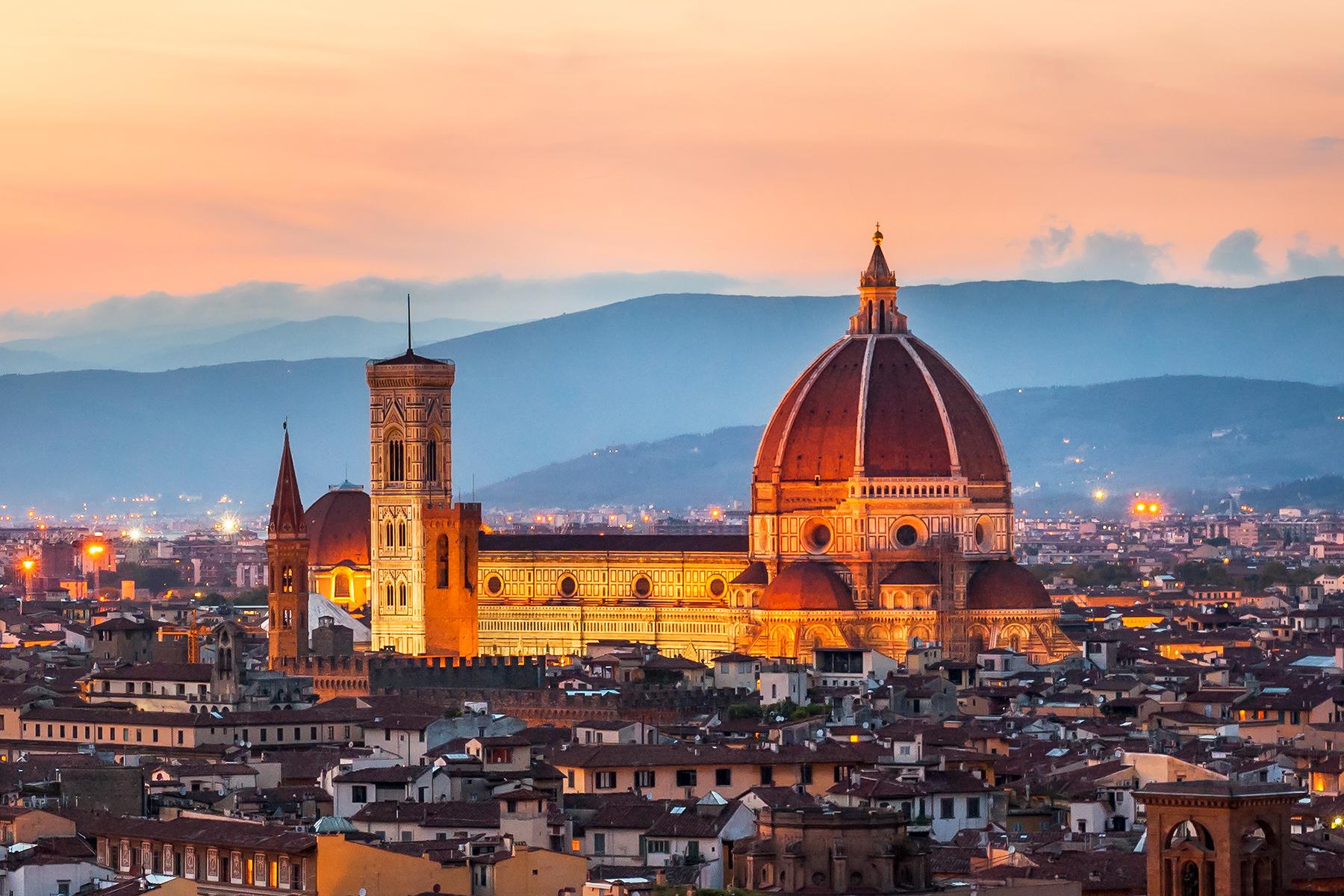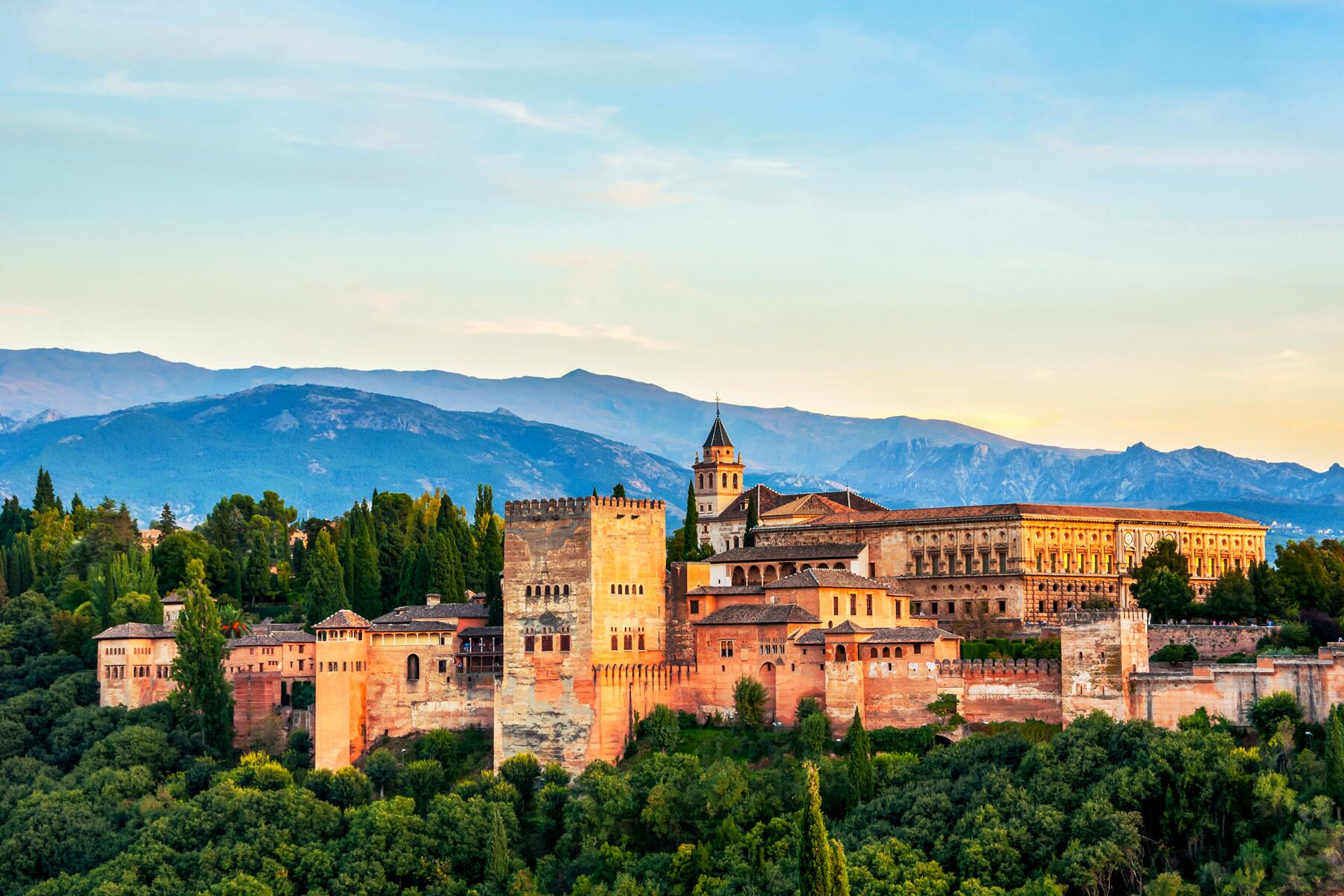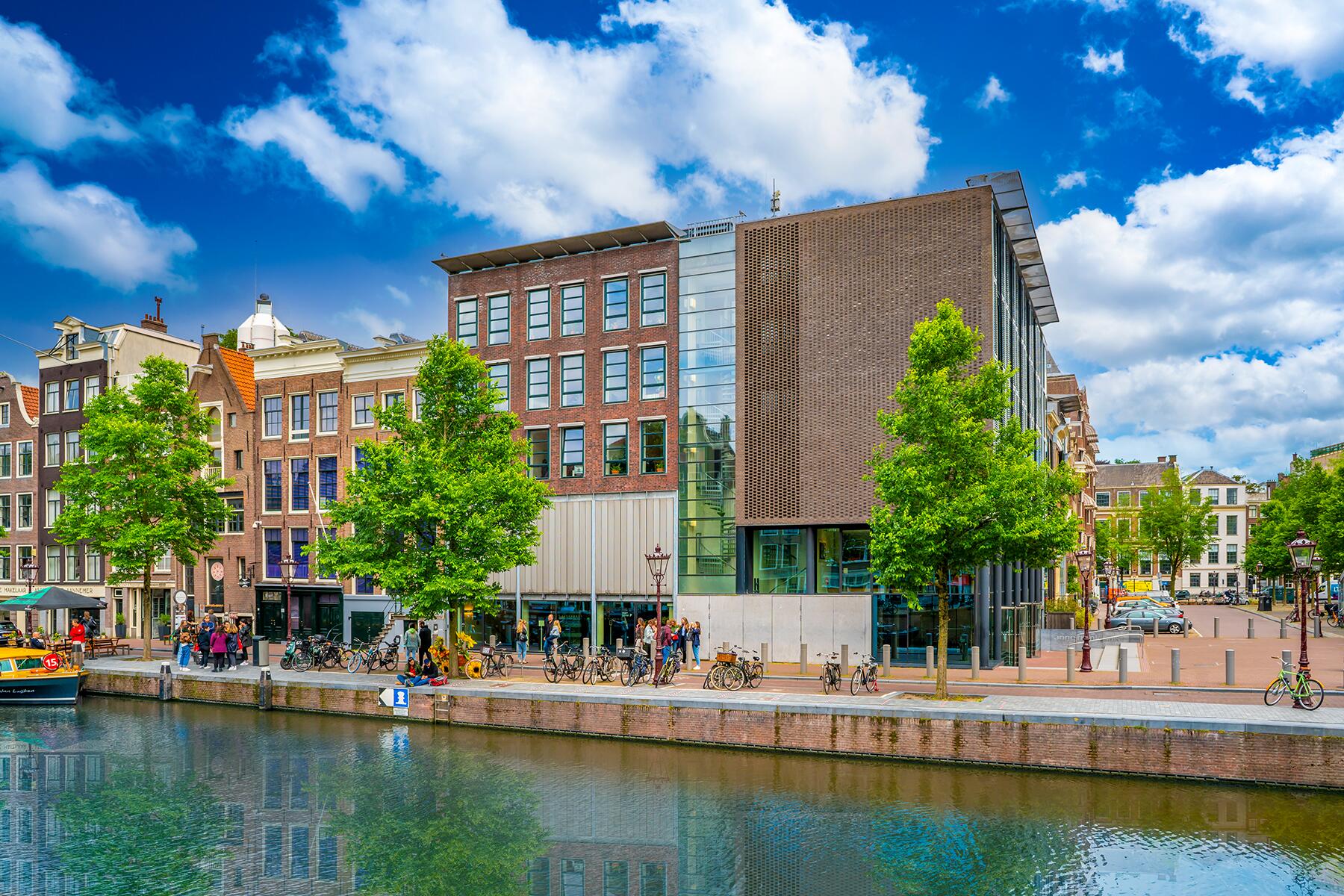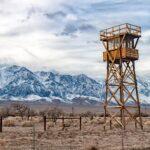A WWII guide for travelers.
It’s not easy to read gruesome details of World War II. It was the deadliest conflict in history, resulting in between 70-85 million deaths worldwide. These are not mere numbers—these are people who were sent to concentration camps to be killed; soldiers and prisoners of war who bravely fought; civilians, including the elderly and children, who were caught in the crossfires.
There are war memorials and museums around the world to share stories of noble sacrifices and heroic acts, but they also serve as reminders of the worst we’re capable of: turning against our neighbors and destroying each other. The lessons from WWII are important, as are these memorials, museums, and sites that relay that humanity has gone through terrifying times—lest we forget.
Top Picks for You
When you get around to WW I sites, please don't forget Verdun. The Ossuary, the Living Trench, et alia are very moving, especially in the fall when the weather is gloomy. It moved my father when he saw it in 1933 and it moved us in 1974.






If you are in Manila and are interested in WW II sites, take the ferry over to Corregidor Island in Manila Bay, lots of history there. It was General Macarthur's and the Allied Forces' last stand as the Japanese invaded the Philippines and from where MacArthur departed to Australia, followed by surrender of the remaining U.S. and Filipino forces and the Bataan Death March. The Pacific War Memorial & museum there is dedicated to U.S. and Filipino forces that fought & died in the Pacific Region during WW II. There are several other sites on the island as well. Very worthwhile day trip from Manila.